BYOD
by Albert Martinez


1. Student Training
1.1. Tech TEKS
1.1.1. K-5
1.1.2. 6-8
1.1.3. 9-12
1.2. Digital Certificate
2. Device Management
2.1. Application Distribution
2.1.1. Free
2.1.2. Purchased
2.1.3. Content Management
2.1.4. Bulk Purchasing
2.2. Security and Policies
2.2.1. Monitoring
2.2.2. eRate Implications
2.2.3. Wipe and Remove Apps
3. Rationale for BYOD (WHY)
3.1. Student Engagement (Digital Native)
3.2. Differentiated Instruction
3.3. Increased Access to Material (24x7)
3.4. Cost Savings
3.4.1. Data Center
3.4.2. Software
3.4.3. Computers
4. Policies
4.1. Device Standarization
4.1.1. Device Type
4.1.1.1. IOS
4.1.1.2. Android
4.1.1.3. Chrome
4.1.1.4. Windows
4.1.2. Device Quantity
4.2. Acceptable Use Policy
4.3. Violations
4.4. Insurance (loss, theft, damaged)
4.5. Social Media
4.6. Technical Support
5. Infrastructure
5.1. WiFi
5.1.1. Policy Types
5.1.1.1. School Owned Device
5.1.1.2. On Premise Device
5.1.1.3. Bring Your Own Device
5.1.1.3.1. Student
5.1.1.3.2. Staff
5.1.1.3.3. Guest
5.1.2. Authentication
5.2. Bandwidth
5.3. Security
5.3.1. Stability of the Network
5.3.2. Information Security
5.4. Licensing
6. Parent Involvement
6.1. Benefits Explained
6.2. Purchasing Advice
6.3. Student Behavior
6.4. Q&A Session
7. Resources
7.1. Learning Management Systems
7.2. e-textbooks
7.3. Library e-books
7.4. Cloud Services
8. Equity and Access
8.1. Internet Access
8.2. Students w/o devices
8.3. Inadequate devices
9. Pedagogy Impact
9.1. Education Purpose
9.1.1. Workforce Ready
9.1.2. Improve Results on Standardized Test
9.1.3. Provide equity and equal opportunties
9.2. Demonstrative or Experimental Learning?
9.3. Teacher Professional Development
9.3.1. TPACK
9.3.2. ICT
